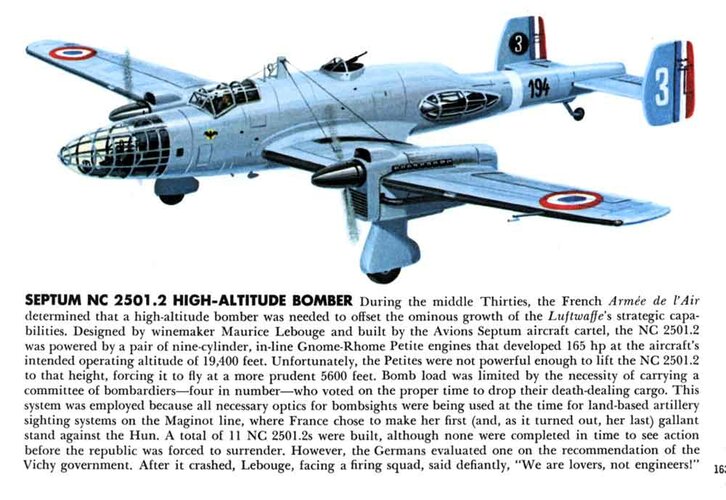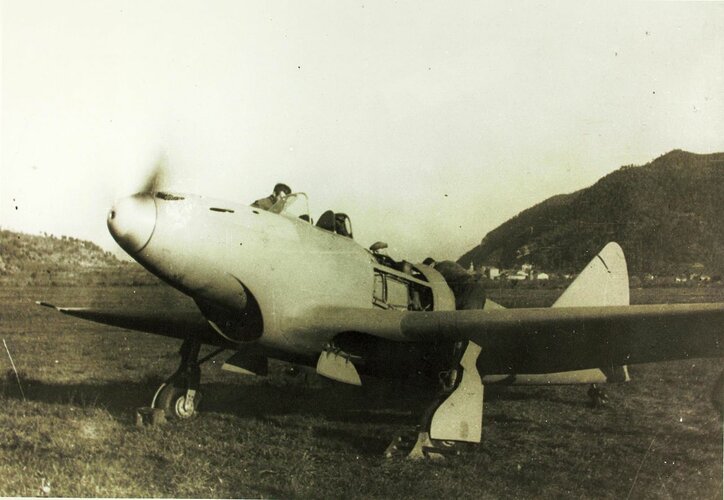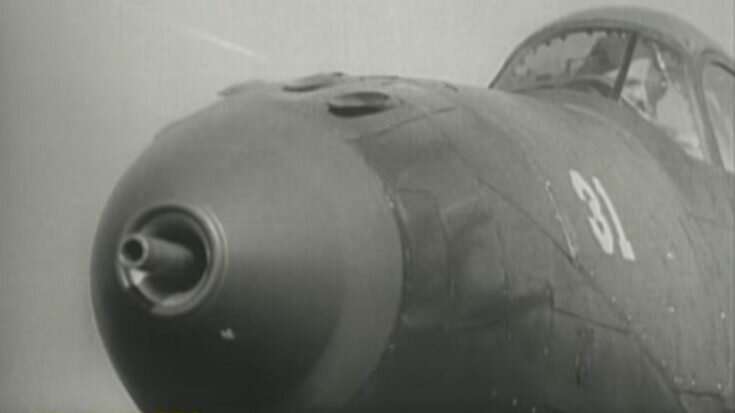- Joined
- 19 July 2016
- Messages
- 3,739
- Reaction score
- 2,709
It occurred to me that many aircraft are claimed to be the finest this that or the other and we have all heard the oft repeated "Aircraft 'A' "Won" the war. None of this is true of course because no one system of any kind wins wars.
Taking the best pieces from the worlds aircraft, what would the "Best" aircraft of the differing categories look like? Wings of a Ta 152, P-51 coolant system etc. What would the result look like and would it be as good or better than the actual aircraft in service?
Taking the best pieces from the worlds aircraft, what would the "Best" aircraft of the differing categories look like? Wings of a Ta 152, P-51 coolant system etc. What would the result look like and would it be as good or better than the actual aircraft in service?
Last edited:



